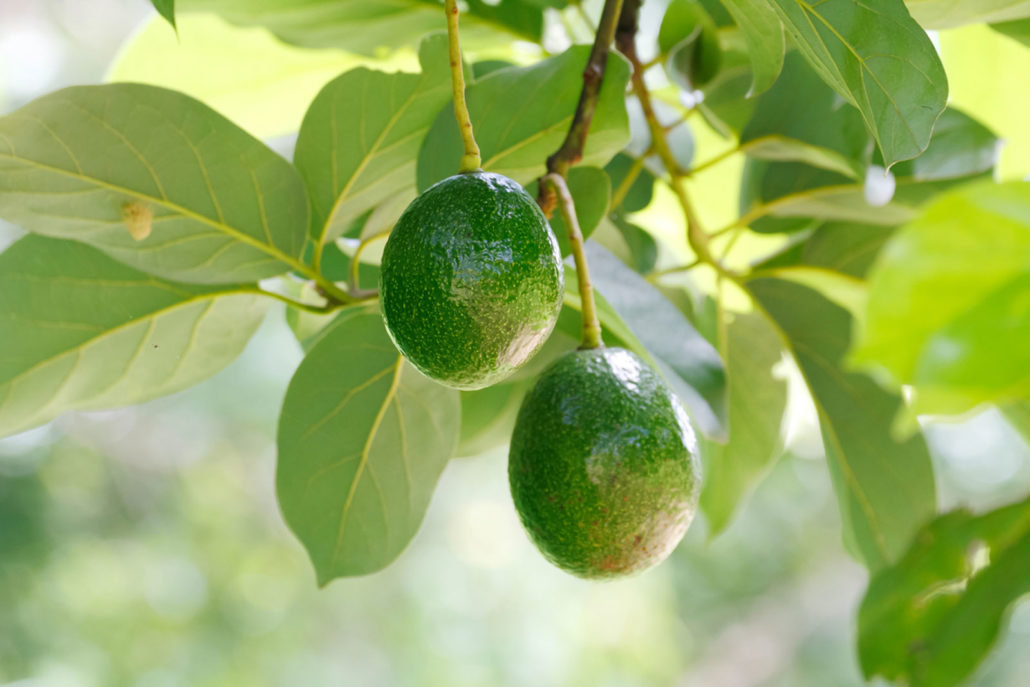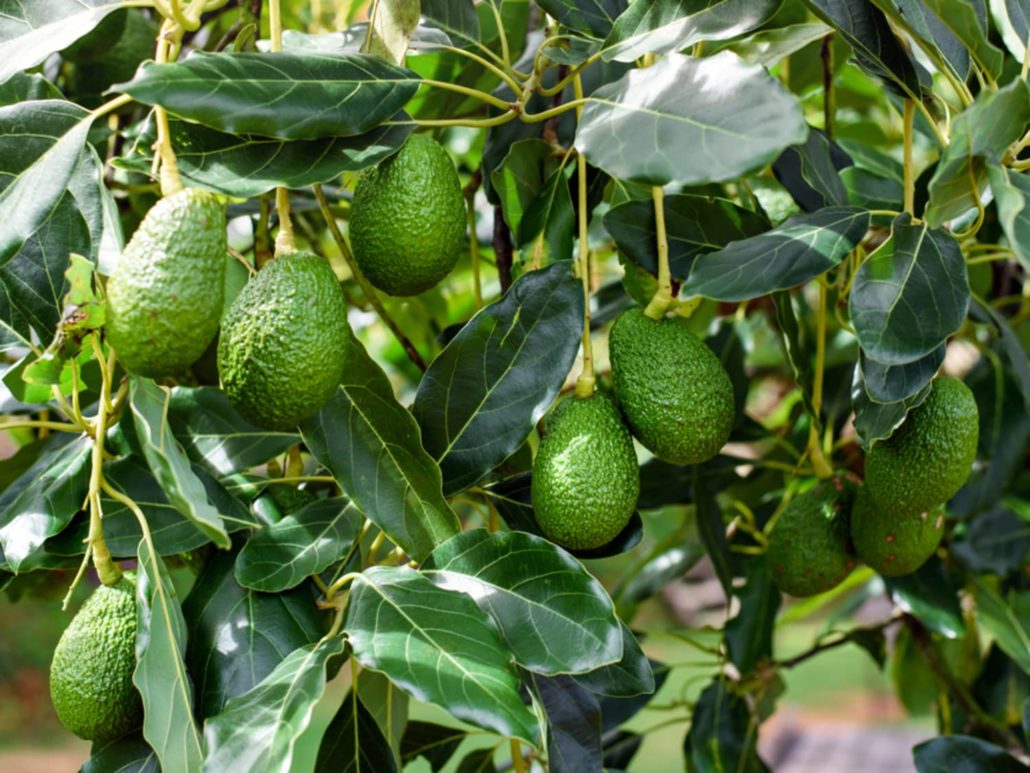By Jaques Landman
Technical Manager
Agri Technovation, New Zealand
Calcium deficiency
It is widely accepted that a sub-optimal supply of calcium (Ca), causes many physiological disorders in fruit, deficiencies in plants are seldom visually noticed.
Disorders such as blossom end rot in tomato and pepper, bitter pith in apples, jelly seed in mango, grey pulp in avocado, black heart in celery, and creasing in citrus, are all symptoms of Ca deficiencies. The intensity of the physiological disorder/s is determined during the fruit development stage. When Ca supply is adequate, the level of Ca required in plant material will be determined by the genes of the plant. Differences between plants are most likely due to differences in the permeability of the membranes and the cation exchange capacity of the roots.
Role of calcium in the plant
Calcium is required for cell elongation and cell division and also plays an important role in biological membrane activity. When Ca levels are low in membranes (which could, for example, be the result of there being too much H in the nutrient solution), the membranes lose their permeability and could even collapse. When this happens, organic components will leak from cells, which may cause the cells to die.
The role of Ca is comparable to that of mortar in a brick wall. When the mortar is removed the wall will collapse. Calcium pectate is the main component fulfilling the role of mortar. Calcium is also required for certain detoxification processes, for example, high levels of boron.

Uptake of calcium by plants
While the concentration of Ca in the soil solution is about 4 to 10 times higher than the potassium (K) concentration, the rate of Ca uptake is lower than that of K. This indicates that the mechanism for the uptake of K is far more advanced than that of Ca. Contrary to K, which is taken up over the entire root length, Ca is taken up only at limited sites just behind the root tip. The uptake of Ca is a passive process compared to that of K, which is an active process.
When Ca concentrations are low, the rate of uptake is determined by the rate of metabolism, while the rate is regulated by diffusion when concentrations are high. Furthermore, the uptake rate is also affected by the type of anion that accompanies Ca. Nitrate proves to be the best in this regard, followed by chloride, followed by sulphate. The uptake of Ca is determined by the rate of transpiration. Factors that lower the transpiration rate will therefore also lower the uptake of Ca.
These factors include:
- Too low or too high temperatures
- Too high humidity
- Too little or too much water in the root zone
- Overcast weather
- High concentrations of salts or salinity
- Too low pH of the soil
- Poor aeration, and
- Root diseases.
Other factors such as rootstock and genetic properties will also affect the transpiration rate during adverse conditions. Furthermore, orchard practices such as oil sprays will reduce the transpiration rate and hence the uptake of Ca.

Movement of calcium in the plant
Absorbed Ca moves with the transpiration stream (conduction via xylem vessels) to the tips of twigs where new leaves are formed. Although the transpiration rate of mature leaves is higher than that of young leaves, more Ca ends up in the young leaves. This can be attributed to the fact that the young leaves have a higher concentration of the auxin, indole acetic acid. Fruit cannot compete with young leaves for Ca. Therefore, where there is an insufficient supply of Ca, the fruit will be first to suffer. All Ca that is not utilised immediately will be precipitated as the oxalate, carbonate and/or phosphate of Ca in the vacuoles of the cells and will not become available to the plant thereafter. Calsium moves only upwards in the plant and Ca in old leaves will not be remobilised for use by new leaves or fruit.
Nutrients are supplied to fruit via the phloem and these vessels contain low concentrations of Ca and high concentrations of K. This is reflected in the chemical composition of fruit, which usually contains much more K than Ca.

Fertilisation with calcium
Fertilisation guidelines are based on an understanding of the above information.
A brief summary is therefore provided:
- Calcium uptake is a passive process and is dictated by the rate of transpiration, which in turn is impacted by climatic conditions.
- Soil (salinity, over-irrigation, compaction) and genetic factors (rootstock, cultivar, crop load) also influence the rate at which Ca is absorbed.
- Calcium moves only in one direction: upwards, to where young leaves are the strongest competitors for Ca and won’t move from old leaves to young leaves or fruit.
- Unutilised Calcium will be precipitated and not be available to the plant at a later stage.
- Calcium supply should be optimum during fruiting and Ca deficiencies experienced during this stage cannot be addressed or corrected during an earlier or later stage.
- Calcium is supplied to fruits through the phloem vessels, which carry low concentrations of Ca.
- Calcium is the most complex nutrient as part of a fertilization programme, if any application method other than daily daylight irrigation (DDI) is practiced.
From the above summary the following guidelines for fertilization with Ca can be deduced:
- Calcium must be supplied to plants every daytime hour of every day.
- High Calcium concentrations must be supplied to enforce uptake.
- Foliar sprays will only benefit the sprayed organs (leaves or fruit) for a number of days.
- Calcium nitrate is the best source for Ca supply to the roots.
- Orchard practices that could limit the uptake of Ca should be changed to prevent such limitation.
- Calcium nitrate applied through DDI can be used as a nitrogen source to supply Ca during the critical period (fruiting).
Calcium can be supplied to avocado trees through liming materials in soils.
Limes however are only applied if it is also necessary to increase the pH of the soil.
Due to their low solubility, limes cannot be applied using irrigation systems such as micro-jets or drippers. In agriculture, the following two sources of liming materials are generally applied:
1. Calcitic lime (also referred to as agricultural lime) contains calcium and magnesium carbonate but should not contain more than 4.3% magnesium. Calcitic lime is applied to acid soils to increase the pH where no or only a small increase in the magnesium content of the soil is preferred.
2. Dolomitic lime contains calcium and magnesium carbonate but at least 4.3% magnesium. Dolomitic lime is preferred on acid soils to increase the pH and to increase the magnesium content of the soil.
Gypsum is calcium sulphate and will have almost no effect on the pH of the soil. A good source of calcium for avocado trees is gypsum, which has a chemical composition of calcium sulphate that has a limited effect on soil pH. However, when applied in combination with dolomitic or calcitic lime, it speeds up the time within which soluble calcium gets into the subsoil and counters the toxic effects of soluble aluminium.
Soil health and calcium
Beneficial fungi in the soil will improve soil health and root development of the trees. The addition of organic material and mulches to the soil will improve the soil structure and aeration of the soils that will facilitate calcium uptake by the roots.
The importance of the calcium-to-magnesium ratio, in soils, in preventing compaction must also be noted. Depending on the cation exchange capacity of the soil, the correct Ca:Mg ratio (generally 7:1) will reduce compaction in the soil, while additional calcium in the soil will cause clay to aggregate.
Extra care must be taken when any salts such as CaSO4 (gypsum), NaCl, CaCl, NH4NO3 are added to soil, as salts kill the biology in the soil. If too much salt is added, the beneficial fungi in the soil which is supposed to help absorb the calcium, will be killed. No more than a 100kg of any salts must ever be added to a hectare. A study of the effects of calcium on Phytophthora Root Rot was conducted by Messenger-Routh (1996) on California soils. It was concluded that calcium primarily acted as a weak fungicide by reducing the size and number of sporangia produced by P. cinnamomi.
Calcium foliar feeds
Foliar fertilization, based on results from leaf analysis, is a rapid and efficient strategy to provide calcium directly to the leaves, thereby overcoming the impact of the soil’s inability to release calcium to the roots or the root’s inability to take up calcium.
On a mass-to-mass basis, foliar application of calcium is more effective than soil application. Foliar application formulations have improved greatly in the last decade and new technologies have been developed to ensure that elements are absorbed more effectively by leaves.
Foliar fertilization reduces nutrient accumulation in:
- soil,
- run-off water,
- surface waters (streams, lakes, and oceans),
- groundwater (drinking water supply) where they contribute to eutrophication, salinity, and nitrate contamination.
The foliar application is not designed to replace soil fertilizer application of Ca, but rather to increase its efficacy. As mentioned above, there are many factors such as environmental conditions, wetting agents and leafage, that influence the effectivity of foliar calcium applications.
The phenological phase of the tree also determines which elements need to thrive, and care should be taken to ensure that foliar applications are applied during the correct growth stages.
The lower side of a leaf can absorb more nutrients than the top side. It is therefore essential to wet the entire leaf when applying foliar calcium spray. Broad-leaved species absorb foliar applications only when leaves are wet and the foliar application must therefore be applied in combination with a wetting agent. It is recommended that foliar sprays of calcium are repeated as often as possible, because of calcium’s tendency to fixate in the cell once absorbed.
The availability of a range of new organically complexed calcium products presents a solution to the immobility of calcium in the leaf. These products have been formulated to give excellent uptake and minimal phytotoxicity. The characteristics of each element must therefore be considered before application.
Calcinator™ as profitability activator

In acknowledgment of the importance of adequate calcium availability for avocado production, Agri Technovation has developed unique calcium nutrition that supplements calcium in the plant (application can lower the risk of the following: fruit disorders, deformed leaves, short root systems, poor growth, leaf necrosis, and common chlorosis).
This specialized bio-stimulant product is an amino / fulvic-chelated solution that is safe, effective, leaves no residue, and most importantly: calcium is rapidly absorbed by the plant. The unique formulation helps the plant to absorb more nutrients over a shorter period. Plants can therefore grow faster and fewer nutrients go to waste.
As a liquid calcium and immune stimulant, Calcinator™ increases the profitability of producers by:
- Increasing calcium intake
- Reducing of fruit fall
- Improving cell division
- Correcting calcium deficiencies
- Increasing disease resistance in plants by stronger cell walls
- Promoting plant health
- Strengthening cell walls
- Increasing crop quality
- Improving shelf life
By spraying calcium sprays on avocado trees at the correct phenological stage, farmers can obtain better pack out percentages at packhouses. Huge success has already been achieved by commercial avocado growers in Tzaneen. Producers in Moketsi, KwaZulu Natal, the Western Cape, Mpumalanga, and the Eastern Cape are also already applying Calcium sprays to their avocados.
For more information contact Agri Technovation on +27 21 300 0543 | info@agritechnovation.co.za or visit www.agritechnovation.co.za





